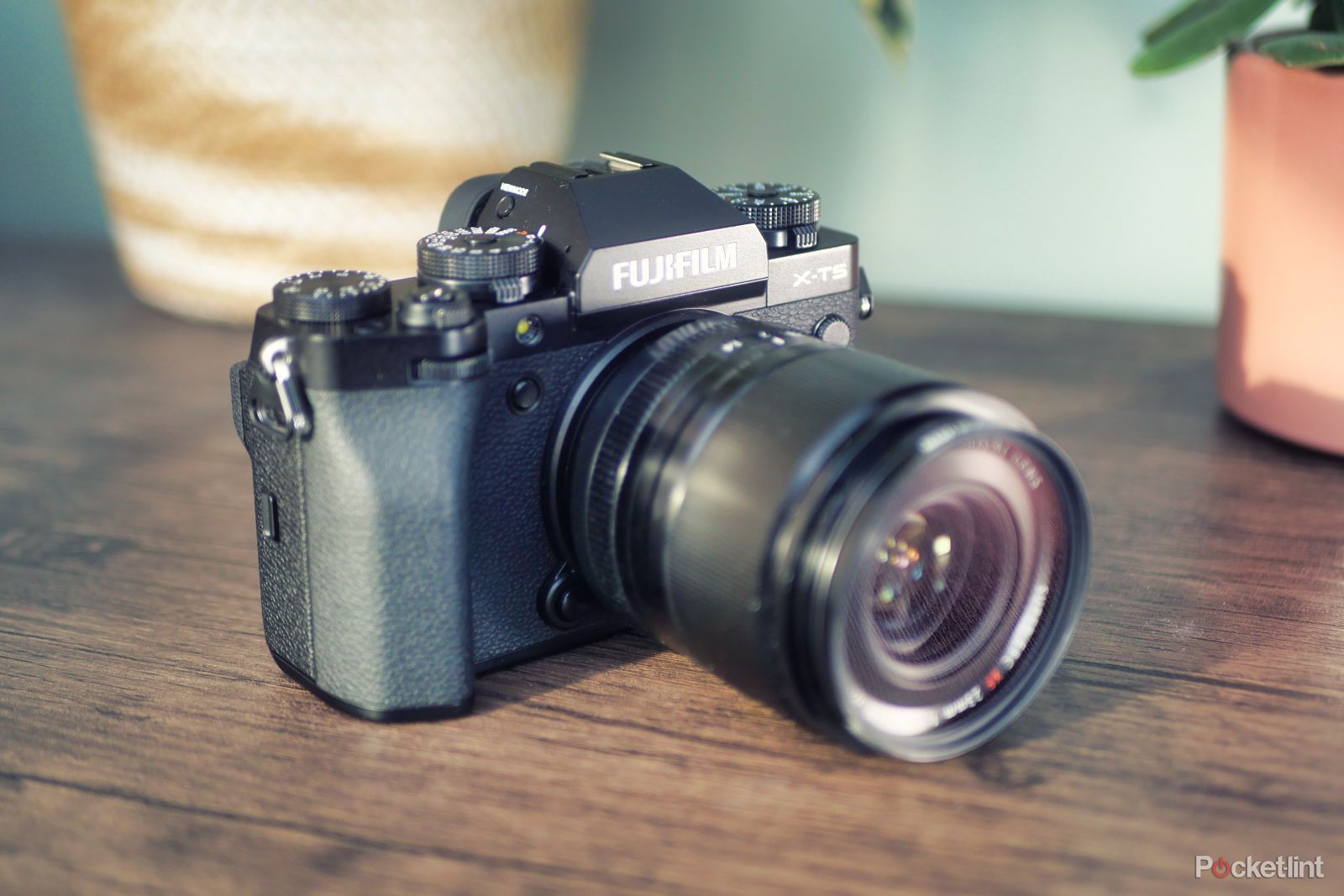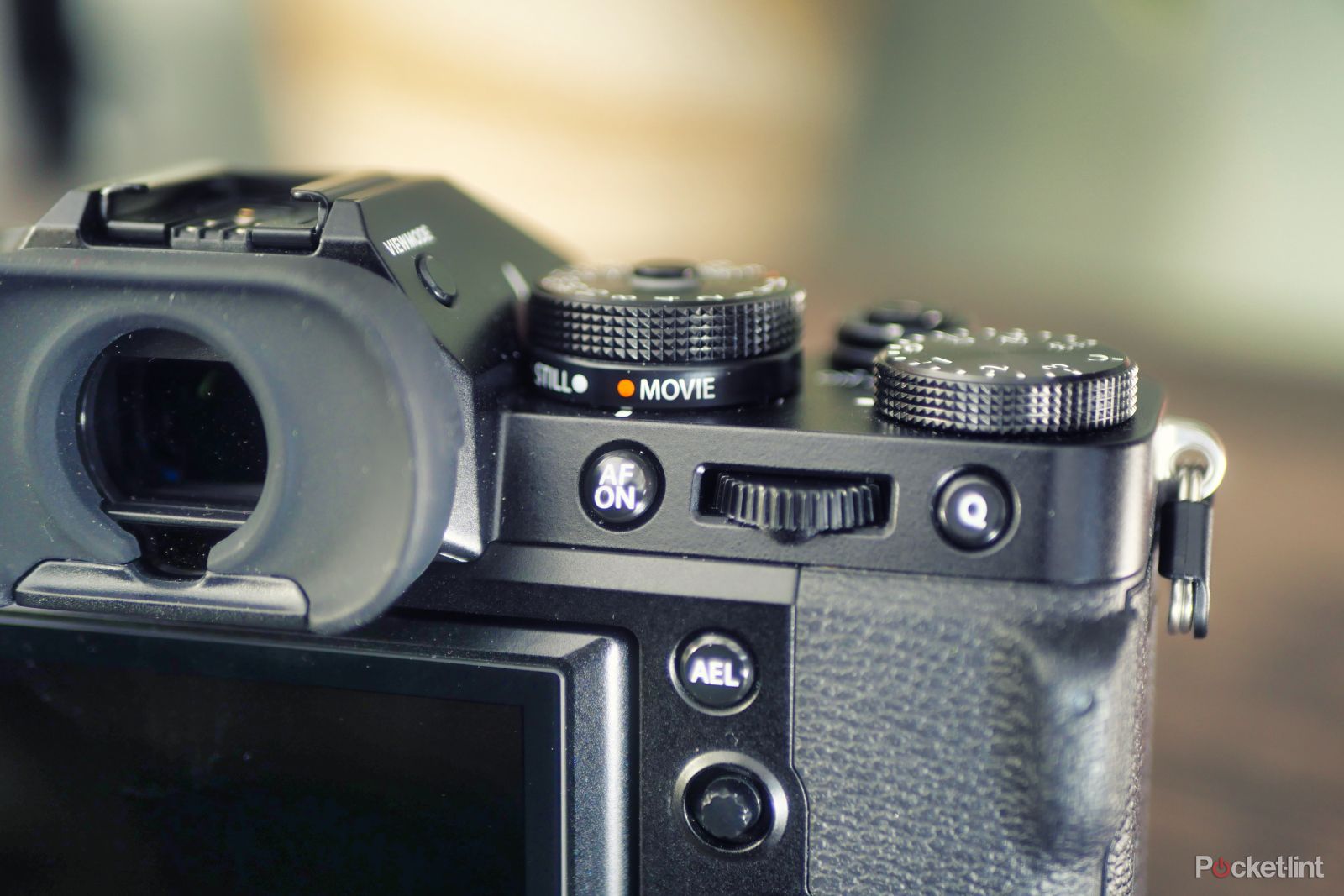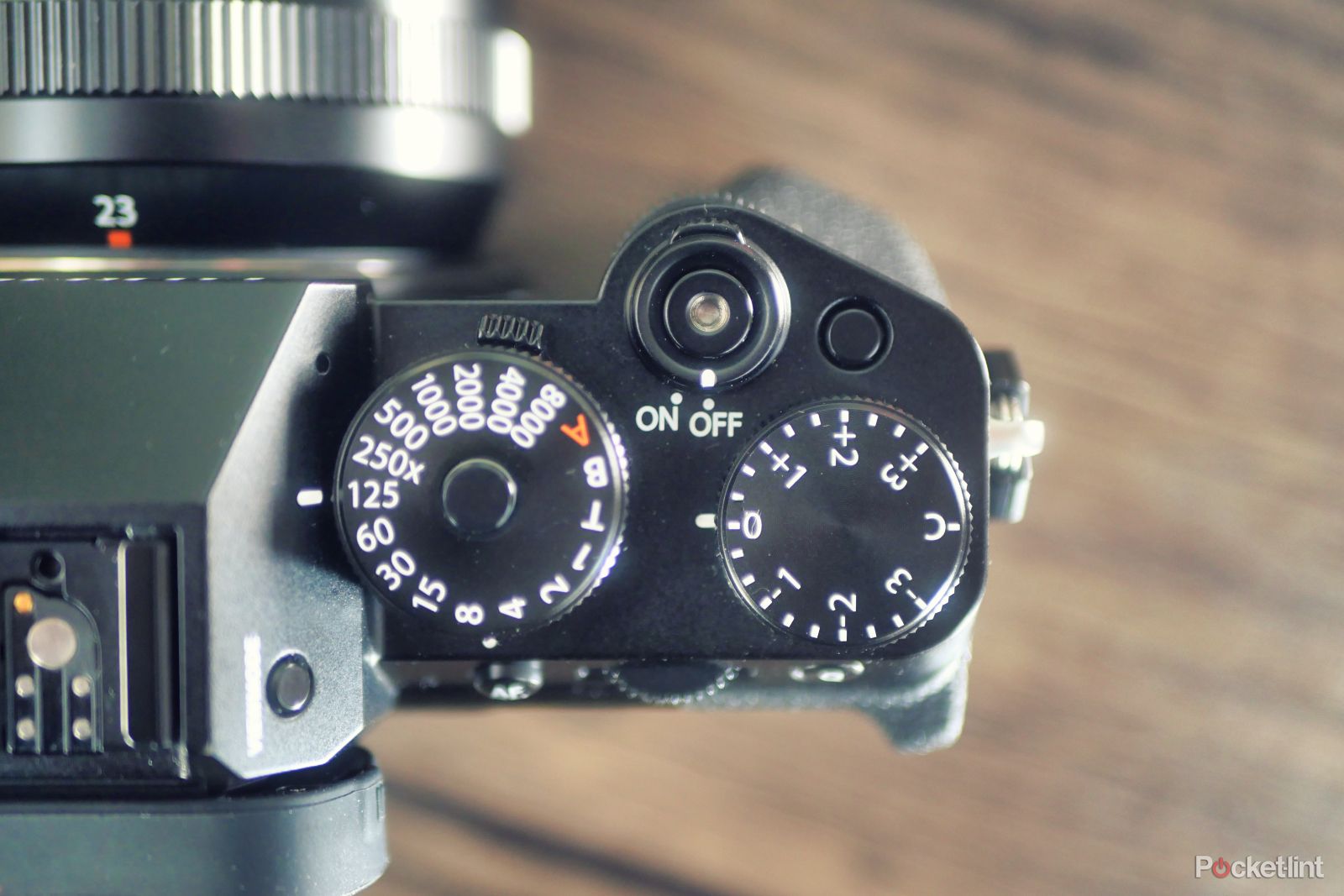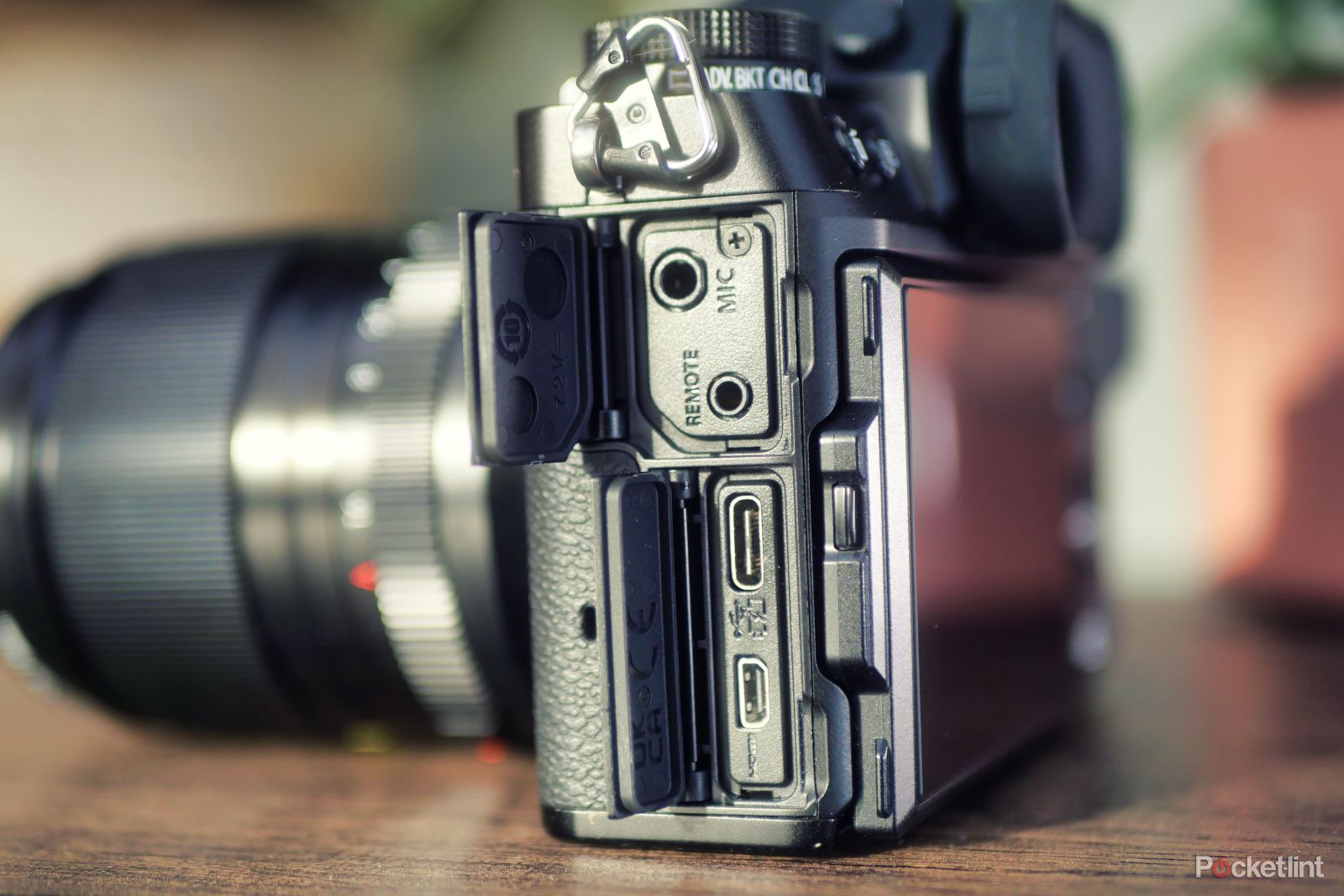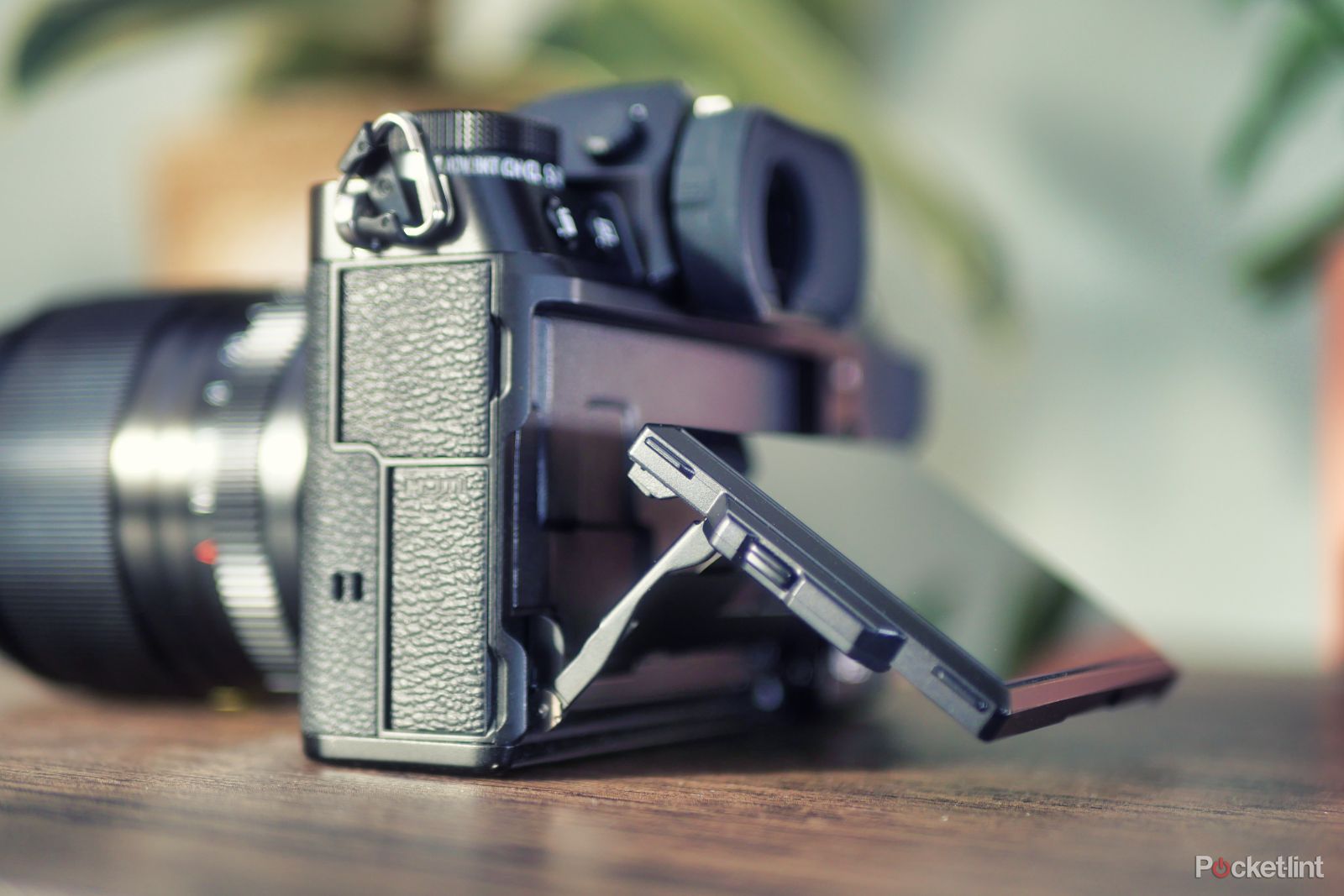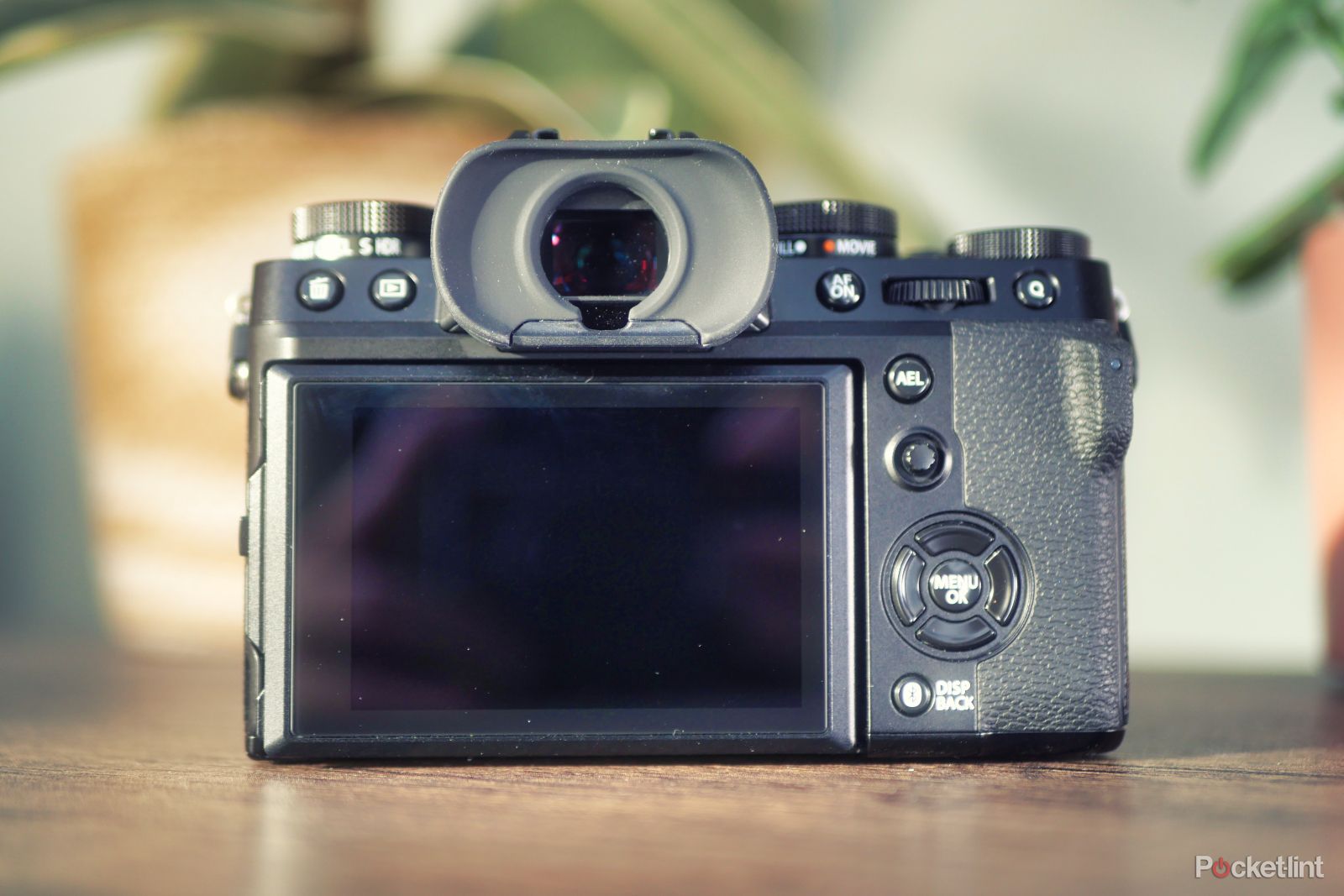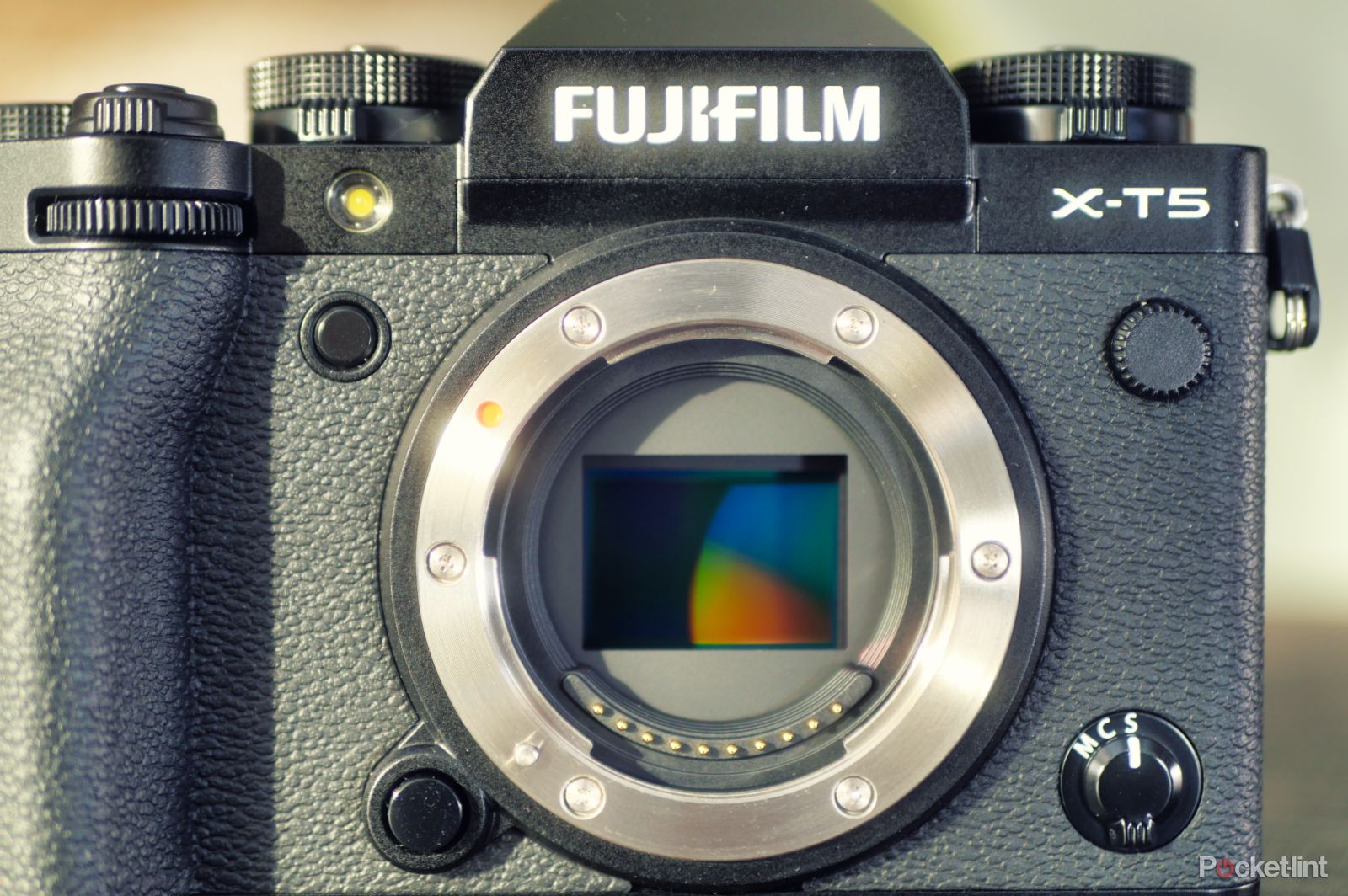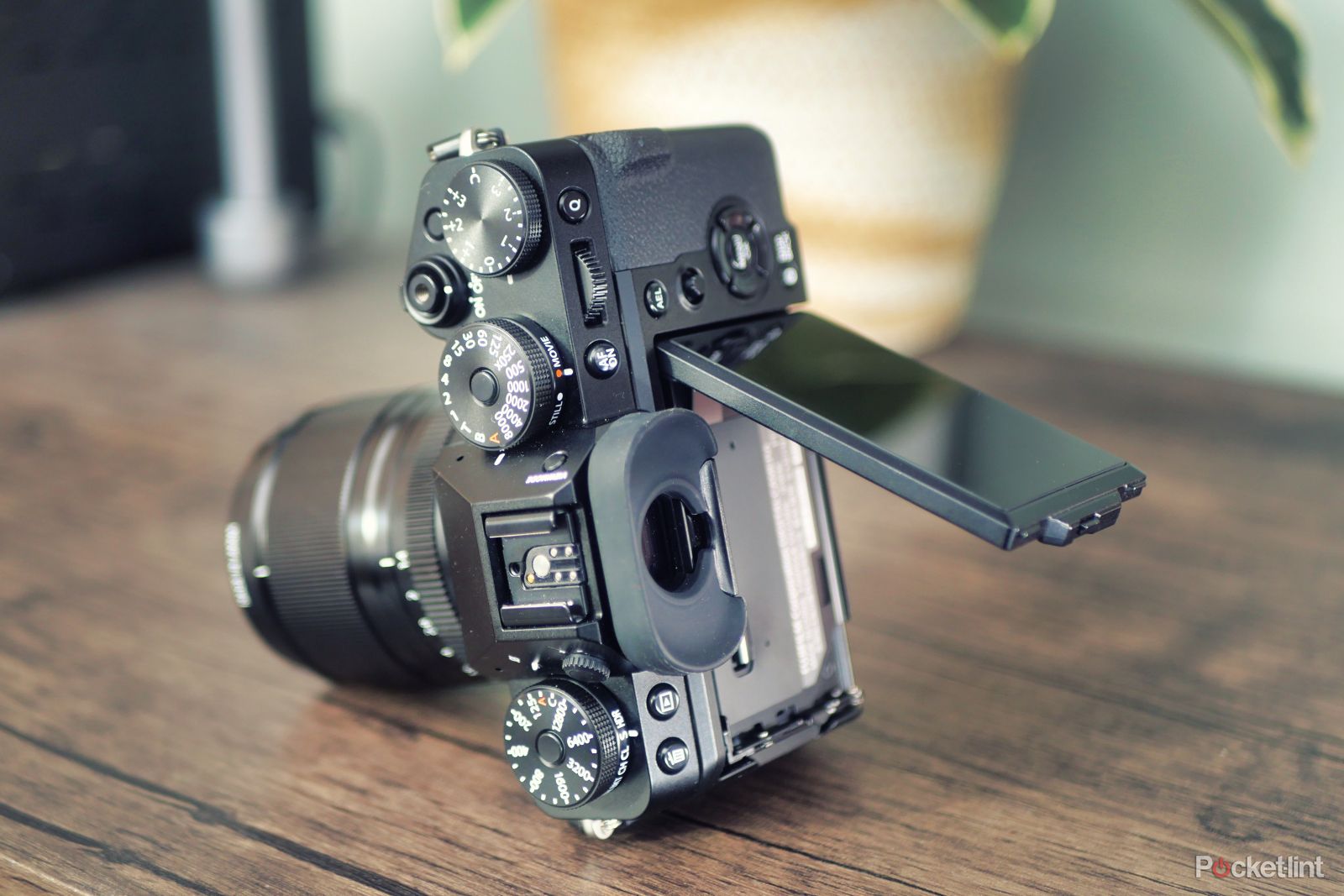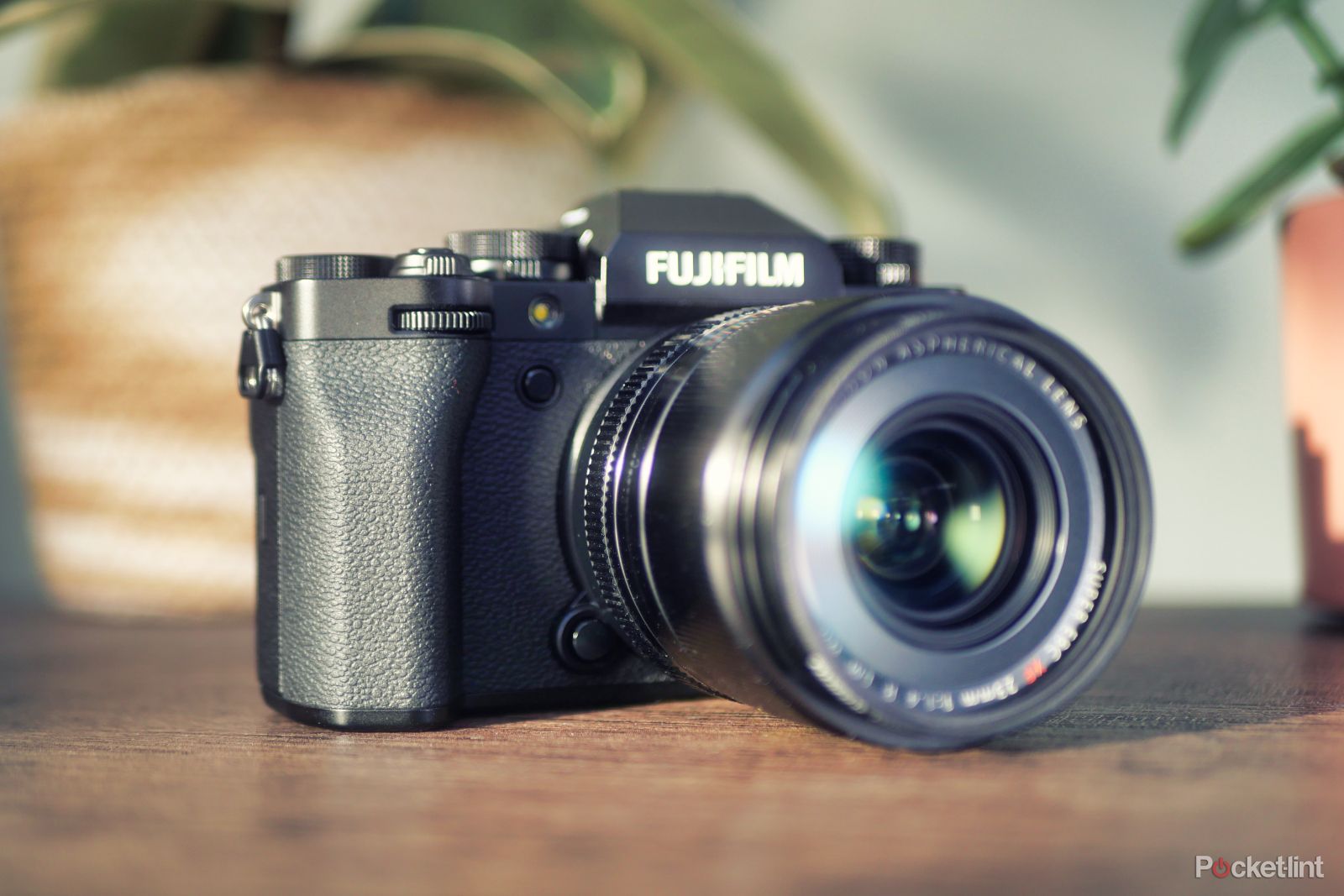Following the release of its impressive hybrid shooters, the X-H2S and the X-H2, Fujifilm has launched something that’s becoming quite a rarity - a camera designed specifically for photographers.
Of course, the X-T5 can shoot video, but it’s clear from the get-go that this model is all about snapping pics.
It’s quite the looker, too, complete with the retro dials and vintage charm that Fujifilm fans will adore.
The question is, how does it perform? We’ve spent some time with it, and here’s how we got on.
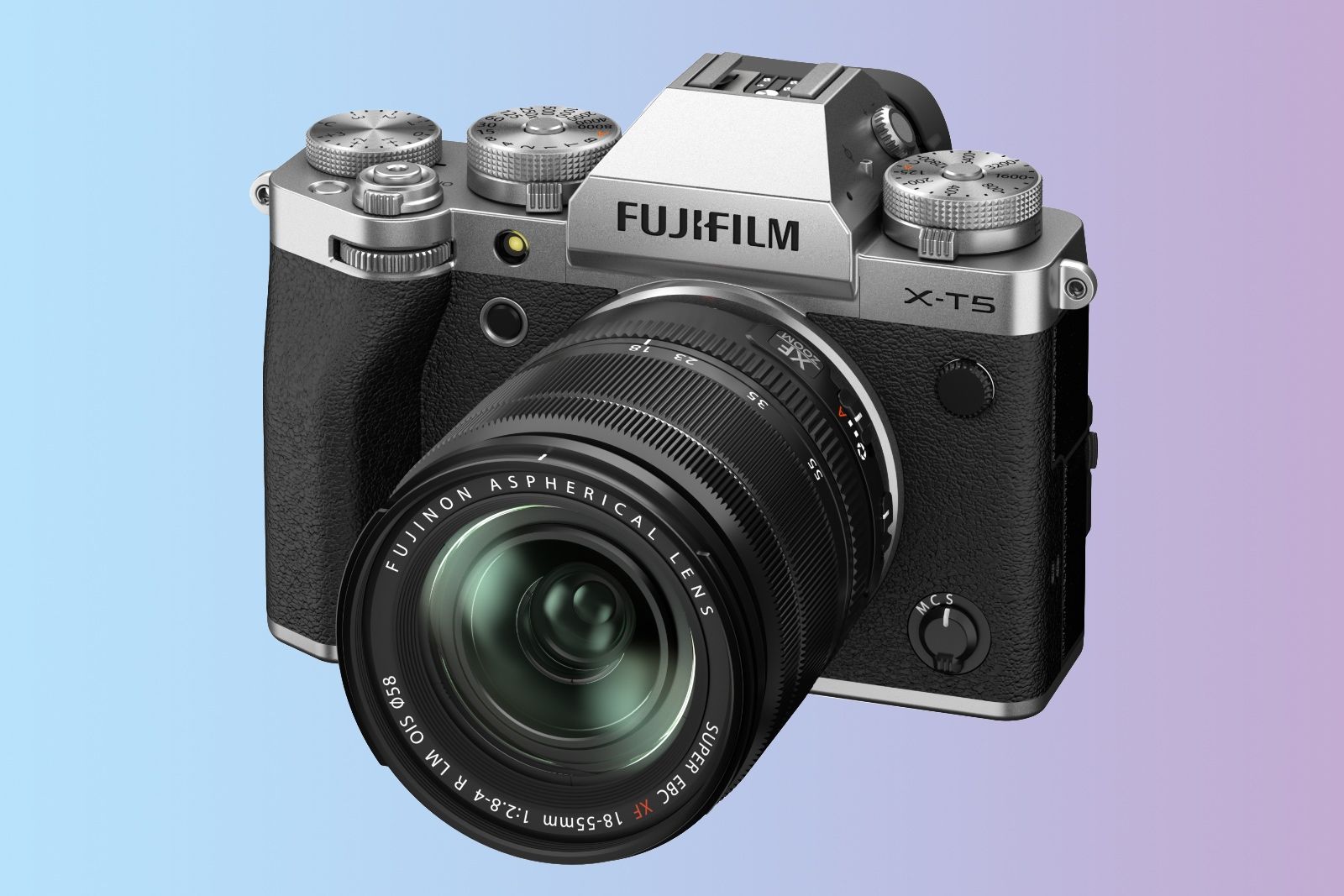
Fujifilm X-T5
If you're primarily a stills shooter, and you like a bit of retro charm, we think you'll be delighted with the X-T5. It looks and feels great and it's compatible with some of the finest lenses around. The high-resolution sensor captures superb images and the camera offers pretty decent value for money, too.
- Excellent design and handling
- Impressive photo performance
- Good autofocus and subject-tracking
- Ideal screen articulation for street photography
- Great IBIS for low-light shooting
- Not ideal for video shooting
- Small buffer for RAW burst shooting
Design
- Body: 129.5 x 91 x 63.8 mm
- Weight: 557g
- Weather-resistant body
- Retro shutter, ISO and EV comp dials
On the surface, the X-T5 shares more in common with the X-T3, than the X-T4. Its direct predecessor leaned into its hybrid capabilities, but it would seem that mantle is now being carried by the X-H series and the X-T5 is turning to its photographic heritage instead.
The biggest design change is that the X-T5 has reverted to a tilting screen, like the X-T3, rather than the flip-out screen found on the X-T4. Some will love this change and others will likely be less pleased. Clearly, it’s not ideal for video shooting, but for stealthy street photography, on the other hand, it’s just the ticket.
There are still prominent vintage dials across the top of the camera, very similar in look and feel to the older models. There’s still a front and rear wheel, too, but this time they can be pressed in to access additional functions. As is usually the case with Fuji bodies, you can simply long-press these to reassign their function, a feature that we’ve always been fond of.
The camera feels solid and well-built, without being excessively heavy, and it’s definitely lighter and more compact than the X-H series bodies. In fact, it’s a little smaller than the X-T4, as well.
We didn’t have an older camera on hand to directly compare with, but the grip feels a little more angular and pronounced than its predecessors. In any case, it’s easy to get a solid hold on the camera despite its compact size, and the rear thumb flare and the sharp angle of the front grip work well.
Connectivity and displays
- Micro HDMI, USB-C and 3.5mm mic socket
- Dual SD card slots
- 3-inch 1.84 million dot tilting LCD monitor
- 3.69 million dot OLED EVF
The connectivity is in line with previous X-T models, too, and it again reminds us that this camera isn't trying to be a video workhorse. Though, if you're happy to work around some shortcomings, you can certainly get the job done with these ports.
We've never been fans of the flimsy Micro HDMI connector and the lack of a headphone port is less than ideal for professional video work, but Fujifilm includes a USB-C to 3.5mm adapter in the box, and you can monitor audio via USB. These connections together make for a pretty fragile setup, so it's not something that we'd be confident relying on long-term.
However, if you're strictly shooting photos, none of that matters whatsoever. You've got your remote port and flash sync, what more could you need?
For storage, you get two UHS-II SD card slots, which makes storage media extremely affordable and accessible. There are no high-grade video codecs on board, nor extreme burst shooting rates, so no need for pricey CFexpress cards on this model.
One thing that's interestingly absent on the X-T5 is the interface for connecting a battery grip, so if you're a fan of vertical grips, you might want to give this camera a miss.
The tilting LCD is sharp and clear with a good level of adjustability. We especially like the ability to tilt the screen to the side for low-angle vertical shots. This isn't a new feature, we saw it on the X-T3 as well, but it's as handy as ever - and few implement it as well as Fuji.
The EVF is the same display as the X-T4, but it has increased magnification, making it a bit easier to see. It works well and we had no issues using it, but it's worth noting that it's a bit of a downgrade from the lovely 120Hz 5.76M dot OLED on the X-H2.
Photo and video performance
- APS-C X-Trans CMOS sensor - 40.2MP stills
- Up to 20fps burst shooting/15fps with mechanical shutter
- Up to 6.2K 30fps/4K 60fps/1080p 240fps video
- 7-stop IBIS and subject detection autofocus
At its core, the X-T5 houses the same excellent sensor as the X-H2, so it came as no surprise that the resulting images were superb. Just as we found when we reviewed the X-H2, the images are sharp and detailed across the board with the excellent colour rendition that Fuji is known for.
We found that the IBIS was superb for low-light shooting, and since we're in the throes of British winter, we did quite a lot of shooting in dim conditions. The lack of noise in high-ISO JPEGs is also very impressive.
Autofocus was pretty reliable throughout, though we would like a quicker way to switch between subject-detection modes. As usual, we found human faces were tracked the best, but the X-T5 did an admirable job shooting wildlife, too.






The X-T5 inherits the X-H2's insanely fast maximum electronic shutter speed of 1/180,000 sec, a vast jump from the X-T4's 1/32000 sec. It also comes with the option to capture incredibly high-resolution images using Pixel Shift Multi-Shot - not something that we've found much need for, but nice to have nonetheless.
The area where the X-T5 most differs from its pricier sibling is in the interface. As hybrid shooters with more of a video background, we found the transition to the X-T5's dials and the lack of a mode switch to be quite jarring, initially. However, it didn't take us long to adjust to, and there's something very satisfying and distinctly charming about the retro controls.
Another difference is in the burst shooting, while both cameras offer up to 15fps on the mechanical shutter, and 20fps electronic (with 1.29x crop), the X-H2 has far superior endurance, particularly if you're shooting RAW.
At 15fps with the mechanical shutter, the X-H2 will allow for up to 400 uncompressed RAW frames before slowing down, whereas the X-T5 slows after just 19 frames. Stepping down to JPEGs and the X-T5 offers a much more reasonable 119 frames, but this still pales in comparison to the X-H2's 1000+.
We haven't focused on video too much for this review, as from our perspective, the jump to an X-H2 is pretty much a no-brainer for anyone working in the field. However, that doesn't mean that the XT-5 isn't capable of some stunning results, it's just that the camera as a whole is more optimised for stills.
Should you choose to shoot video on the XT-5, you'll find that it benefits from the same great autofocus and stabilisation features as the X-H series. It can't quite match the X-H2's 8K resolution, likely due to the slower storage media, but you'll still get up to 6.2K 30fps in 10-bit 4:2:2 with a 1.23x crop.
In 4K, you can shoot at up to 60fps with no crop, and by dropping down to 1080p you can record in super-slow motion 240fps. However, it's worth noting that we found the 240fps footage to be unpleasant and noisy, just as it is on the X-H series.
Verdict
The Fujifilm X-T5 is an excellent camera that puts photography first. If you're a stills shooter who likes a bit of a vintage feel and a tilting screen, then this may be your perfect match.
A lot of the tech is inherited from the X-H2, which currently retails for about $200 more, and if you shoot a lot of video, you'll certainly want to go for the pricier option. For the extra, the X-H2 adds a full flippy-screen, full-size HDMI, headphone jack, internal ProRes recording, 8K capture and higher bit rates. All great features if you need them.
However, if you don't, you can save some cash with the X-T5 and be left with a camera that has a lovely traditional feel, superb image fidelity, and a tilting screen that's ideal for discreet street photography.

